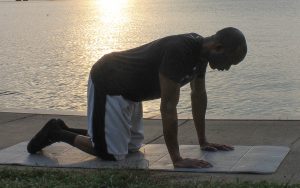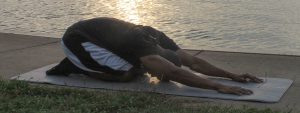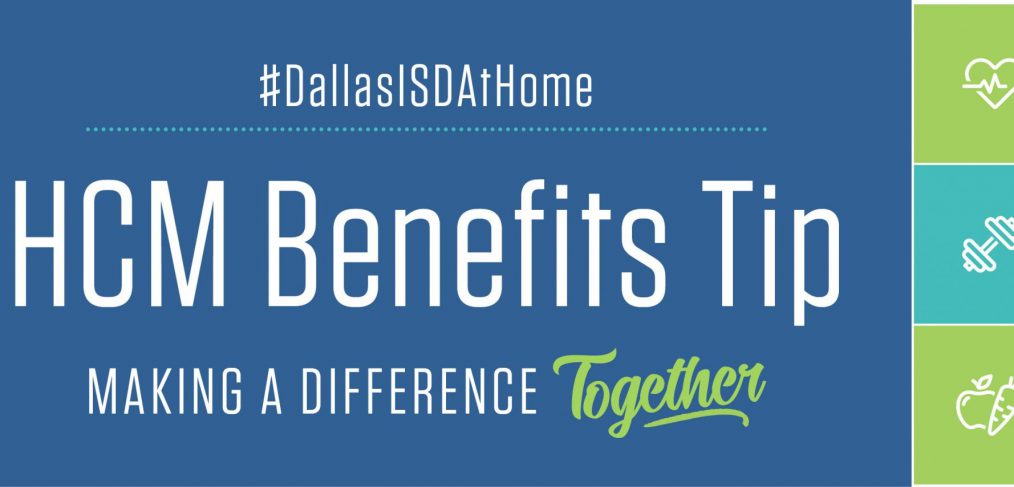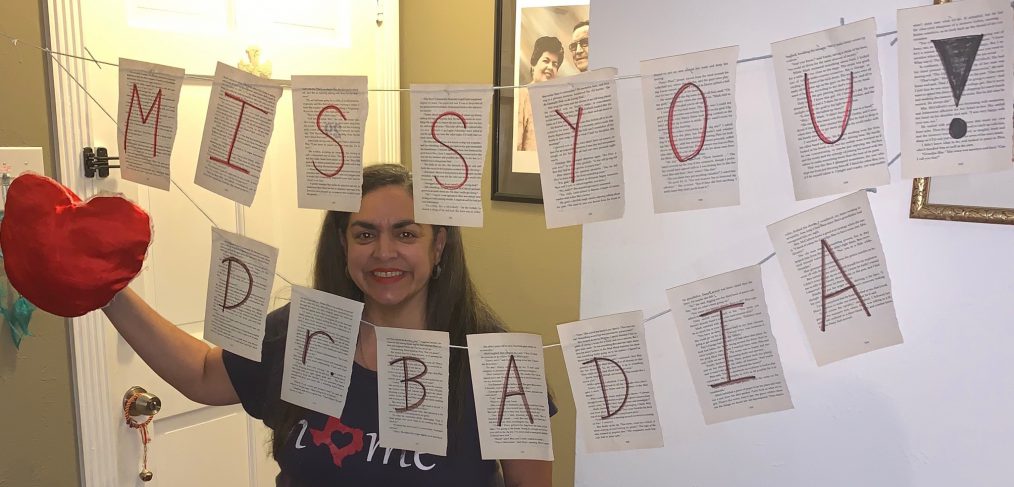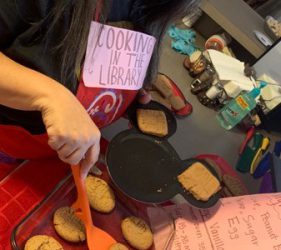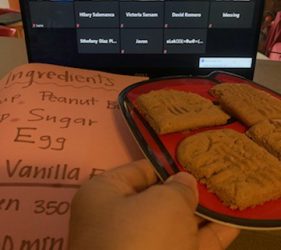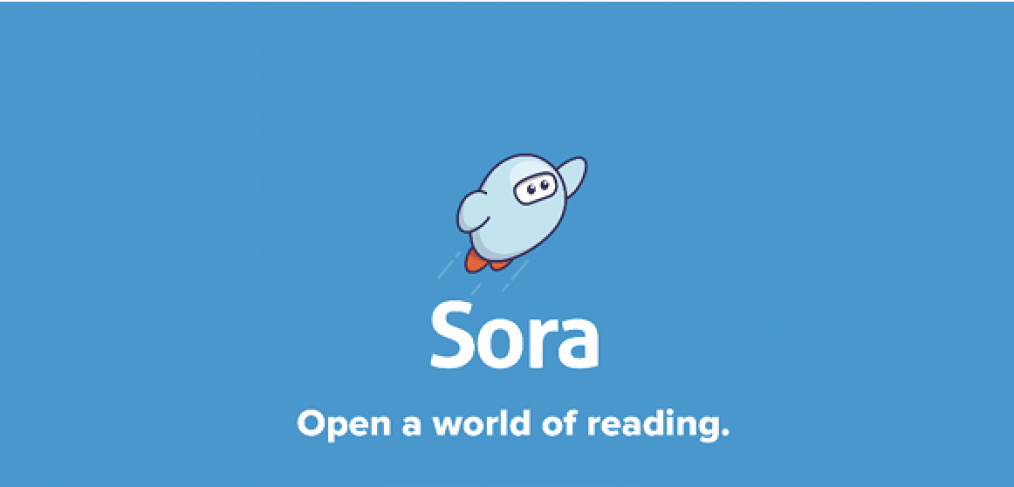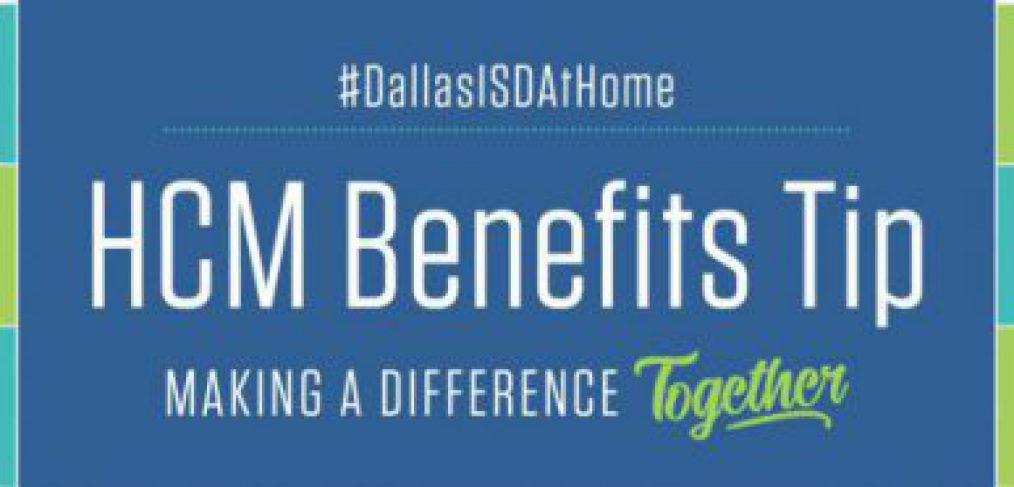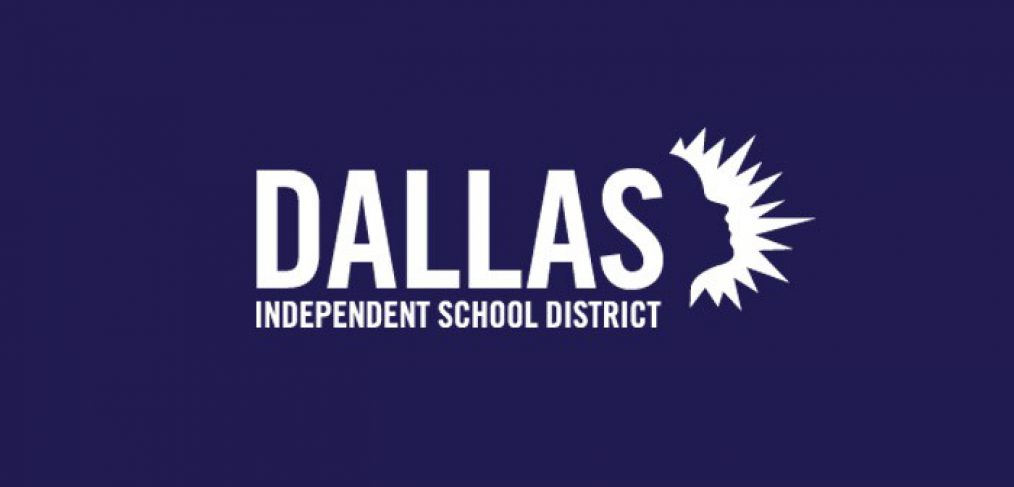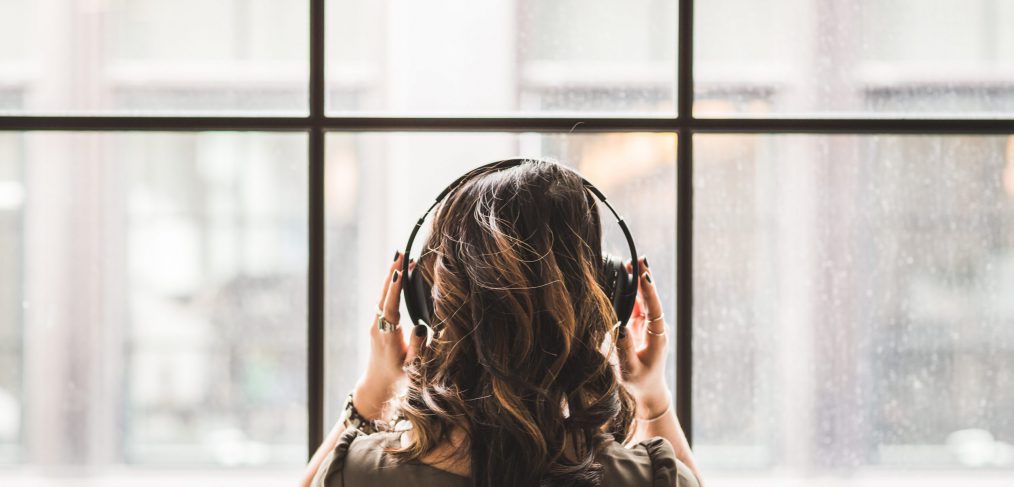Stretching is an important part of any exercise routine, but for the more sedentary, it is also effective in increasing range of motion, enhancing flexibility, and improving circulation.
Dimitrius Glenn, NCSF-CPT certified personal/athletic trainer, has designed a 15-minute stretch that will help you stay nimble while sheltering at home.
The routine combines yoga and Pilates to provide to provide great exercises that not only strengthen the body but also help work out the kinks of sitting for long hours working from home. The exercises are designed help build greater flexibility, isolate muscles and teach participants to be mindful of breathing. Glenn recommends doing the circuit twice for a more beneficial impact.
Sumo Squat Slow Pulse
This exercise strengthens the muscles of the inner thigh, the glutes, quads, hamstrings, hip flexors, and calves while having your hands resting on your hips.
How to: Step your feet out wider than hip-width apart and keep your with feet externally rotated (out) and hands on your hips. Bend the knees until the hips are at or just above the knees. Keep your chest out by squeezing your shoulder blades together, keeping your head and neck neutral. Squat down as close to 90 degrees as possible, hold for 10 full breaths, and pulse up an inch and down an inch slowly 20 times.
Tips
Keep knees behind toes on the squat
Shoulders down away from ears
Tailbone points down toward the floor
Keep abs contracted
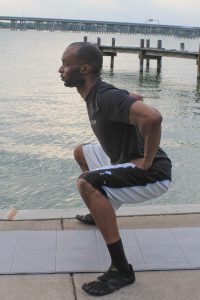
Single Leg Romanian Deadlift
This exercise works the muscles on the back of your legs and hips—the posterior chain. These muscles, specifically the hamstrings and gluteal muscles, are powerful hip extensors and are deeply involved in all walking, running and jumping activities.
How to: Stand balancing on your right leg and allow your left hand to hang in front of your thigh. Stick your butt out and allow your right knee to bend slightly. Keeping your back flat, continue to bend at the waist until your hand is at about mid-shin height (how far your hand reaches ultimately depends on your hamstring’s flexibility). Drive through your heel and push your hips forward to stand up to the starting position. Slow movements; five repetitions per leg.
Tips
Focus your eyes on a fixed object about 10 feet in front of you.
Set your neck by giving yourself a double chin.
Flex (squeeze) your glutes when standing to improve balance.
Try not to touch your elevated foot to the ground throughout the entire set.
Take a deep breath in before each rep and tighten your core.
Avoid rounding your back as you lower yourself, especially as your hand gets close to the ground.
Lower your hand down in a straight vertical line.
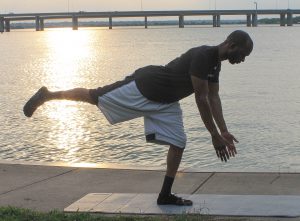
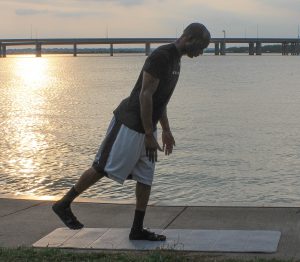
Downward Dog to High Plank
This exercise opens the back of the legs, especially the hamstrings, lower leg, calves, Achilles and your feet. It elongates the spine allowing lower back tightness release and upper back strengthening, brings awareness to your breathing, strengthens and opens the chest and strengthens the arms.
How to: Begin in a kneeling position on your mat with hands directly under the shoulders, fingers spread wide. Tuck your toes under and engage your abdominals as you push your body up off the mat, so only your hands and feet are on the mat. Press through your hands moving your chest gently toward your thighs, straightening your legs with a soft bend in the knees, pushing glutes toward the ceiling and heels gently toward the floor.
Relax your head and neck and breathe fully. Slowly bring your body back to the high plank position where you started, hands under shoulders body in a straight-line pushup position. Perform eight controlled repetitions.
Tips
Keep shoulder over your wrist, hips over your knees
Push hips toward ceiling, gaze eyes toward chest
Straighten arms and bring heels to the ground
Focus on breathing
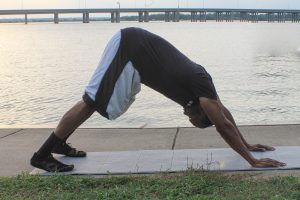
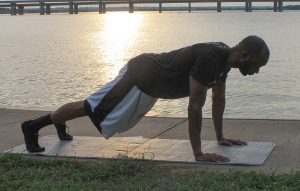
Four-Point Bird Dog
This exercise strengthens the muscles around the spine like the latissimus dorsi and erector spinae, impacts large muscle groups like the gluteus maximus, hamstrings, the quadratus lumborum or deep abdominal muscles, the rectus abdominis or abdominal muscles, pectoralis major or large chest muscles, and shoulder girdle muscles. It improves posture control and reduces lower back pain.
How to: Get in a tabletop position, keeping your hands directly underneath your shoulders and your knees no wider than your hips. Make sure that your spine is as straight as possible. Exhale and reach your right arm straight out in front of you, at the same time kick your left leg straight back. Be sure to keep your hips and shoulders steady without arching or rounding your back or tilting or rotating your hips. Return your arm and leg to a starting position. Switch sides, reaching your left arm out in front and kicking your right leg back. Return to tabletop to complete one rep. Keep your movements smooth, intentional and steady. Breathe with the movement of your arms and legs: Inhale in tabletop position, exhale as you extend your limbs, and inhale as you return to tabletop. Prioritize balance over speed.
Tips
Imagine balancing a glass of water on your back throughout the exercise to make sure your body remains stable and grounded.
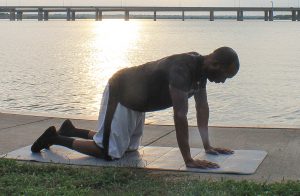
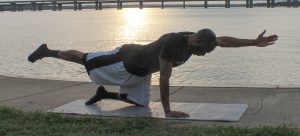
Child pose
This exercise is a beginner yoga pose that stretches the muscles of the lower back and the inner thighs. For those with tight back and hip muscles, this will, of course, feel like work. But get beyond the tension and child pose is deeply relaxing.
How to: While on your hand and knees on your matt, move the hips towards the heels and push the hands forward a bit to reach an effective stretch. Let the upper body sink down to the floor, forehead resting on the floor and the chest resting on the thighs. Hold this position for about 15–20 seconds and repeat it several times until you’re relaxed.
